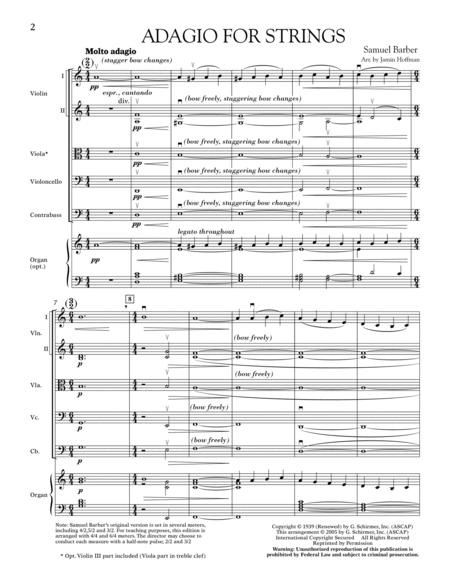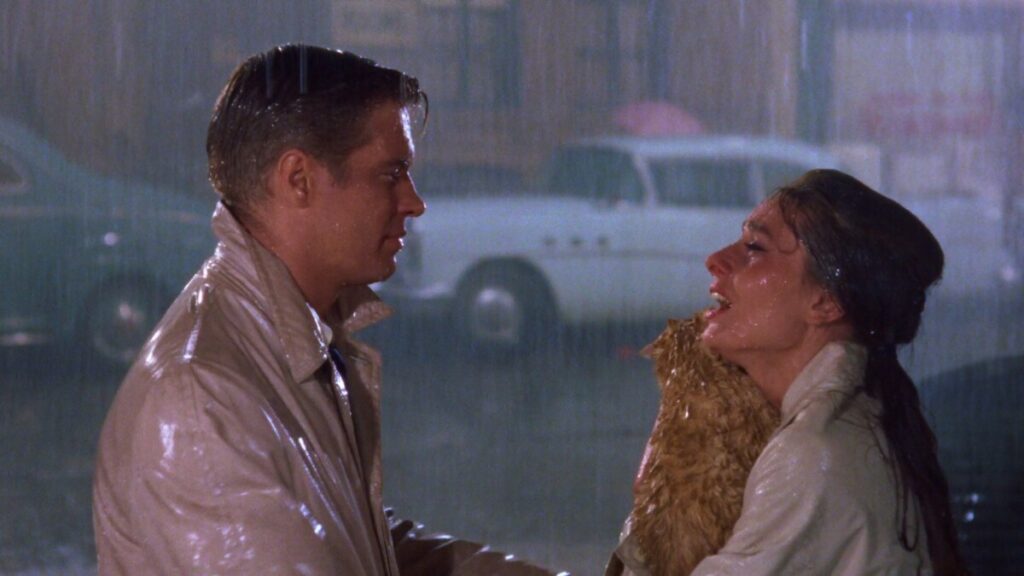“Reading is the process of taking in the sense or meaning of letters, symbols, etc. especially by sight or touch.”
-Wikipedia
Reading is a process of consuming information from literature and or other medians such as art, film or music.
Reading is possibly the most important part of ones everyday life. Reading allows for exchange of opinions, perspectives, emotions, thoughts and information between each other. Understanding the meaning of this term is crucial when writing, as it allows writes to be conscious of audience and learning to write in a way that caters to endless types of points of view. Keeping this in mind, it also allows writers to think about the kind of language they choose to use when developing writing; Some phrases can incite actions or a sense of empowerment while others can generate triggers or negative emotions like fear and sadness. In all, reading allows us to look beyond ones self and think about those we interact with or observe from a distance.
Examples

Reading is not just the physical act of reading pieces of literature. Take for instance this sheet of music, “Adagio For Strings” by famous composer Samuel Barber. To some, it’s just a bunch of “dots” on a sheet of paper, to others they’re “notes” on a music sheet. However, to a composer and a musician, this is a story of sadness and acceptance being told through this sheet of music. They ‘read’ this to feel, to understand and to consume what is being conveyed.
Understanding the term reading is incredibly important especially in the absence of text. Films are a great example of this, for instance this scene from Breakfast at Tiffany’s. In film, many script writers utilize subtext, a form of writing used to imply the unsaid. In this scene the only line said by Audrey Hepburn is “where’s the cat?” which seems straight forward, although if you read the scene, or read into the subtext you come to find that there is more meaning to those words than they lead on.


Finally, we have the classic of reading books, news papers, blogs, social media posts etc.. All physical methods of consuming information. With reading comes learning, and with learning comes sharing. An endless cycle of communication with one another no matter how you began the process of reading.
